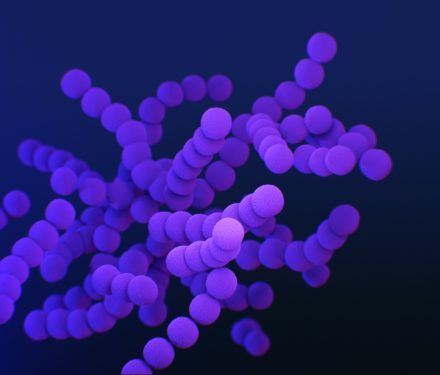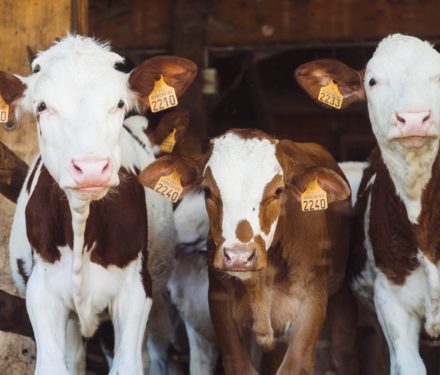Antimicrobial Usage in Pesticides
Antimicrobial resistance is a complex problem that has roots in many aspects of society. Often when we consider AMR we want to blame patients for misusing antibiotics or doctors for overprescribing, but this only tells part of the story. The use of antimicrobials in farming and on crops is a particularly concerning factor in the development and spread of AMR. Antimicrobial and antibiotic usage, in particular, as pesticides accelerates the development of resistance and severely hinders our ability to respond to different types of infections.
Global Risks of Pesticide Usage
“Every two and a half minutes a new chemical is created, and we do not know the effects”
– Johnny Reker, European Environmental Agency1
Currently there is no global framework to monitor the threat of resistance to antibiotics worldwide. As resistance comes closer to surpassing the ‘safe’ threshold, the likelihood of severe health and agricultural crises increases. Recent research has shown that Gram-negative bacteria such as salmonella and E. coli may have already crossed this threshold2. Doctors are increasingly reporting untreatable infections due to resistance; the lead researcher in the study “Antibiotic and pesticide susceptibility and the Anthropocene operating space” published in Nature Sustainability, Peter Søgaard Jørgensen, writes: “Without new approaches, in the future going in to the hospital will become a gamble. More patients will get unlucky and become infected with untreatable or hard to treat bacteria.”3.
Antimicrobials in the Water
Despite increasing pushback from environmentalists, pesticides are still heavily used on food crops. Even long after the pesticide has been used, evidence of it can be found in water sources and in the soil for years after. In a study of 29 waterways in 10 European countries researchers found 103 different pesticides in rivers and canals4. Of these, 24 pesticides have been banned in the EU for years, illustrating their longevity in the ecosystem. In addition to these pesticides, 21 veterinary drugs were also found in European waterways; almost all of these drugs were antimicrobials. The discovery of antimicrobials in waterways presents an acute danger for antimicrobial resistance and the spread of human pathogens.
The highest levels of contamination were found in the Wulfdambeek canal in Belgium where 70 different pesticides were discovered5. Of this, lead researcher Dr. Jorge Casado remarked that the water was so contaminated by pesticides that it could likely be used as a pesticide itself6.
Another study on the links between water contamination and drug-resistant pathogens analyzed the presence of antibiotics in rivers. Within Europe the most polluted river was found to be the Danube, however, overall antibiotics exceeded unsafe concentrations in 8% of European samples7. Although 8% may not sound like a lot, Professor William Gaze, a microbial ecologist at the University of Exeter, points out: “Even the low concentrations [of antibiotics] seen in Europe can drive the evolution of resistance and increase the likelihood that resistance genes transfer to human pathogens”8.
Slipping Regulations
In the United States there has been a worrying trend towards deregulation and increasingly indiscriminate use of antibiotics as pesticides over the past three years. Since 2016 the Environmental Protection Agency (EPA) has allowed citrus producing farmers in Florida to use the antibiotics streptomycin and oxytetracycline as pesticides as an emergency response to citrus greening disease9. Currently the EPA is looking to expand this provision to other citrus producing states struggling with the disease, such as Texas and California. They have proposed to allow farmers to use as much as 650,000 pounds (nearly 300,000 kilograms) of streptomycin and oxytetracycline. For comparison, in human medicine Americans use roughly 14,000 pounds (6,350 kilograms) of all aminoglycosides, the class of antibiotics that includes streptomycin and oxytetracycline, annually10.
The Center for Disease Control (CDC) has conducted experiments on the matter for the FDA and found that this practice is already beginning to contribute to widespread resistance to these antibiotics. While it is clear that the use of these antibiotics creates an enormous risk of increasing AMR, what is not so clear is the actual benefits of the practice.
While some citrus farmers are clinging to this method as their last line of defense against the disease, experts on citrus greening disease are more critical. Molecular biologist at the University of Florida, Graciela Lorca points out there are no peer-reviewed studies on the efficacy of this treatment11. Farmers that use this method rely solely on anecdotal evidence to support their belief that this will save their crops. The EU has banned the use of both antibiotics in agriculture12.


 Report
Report


